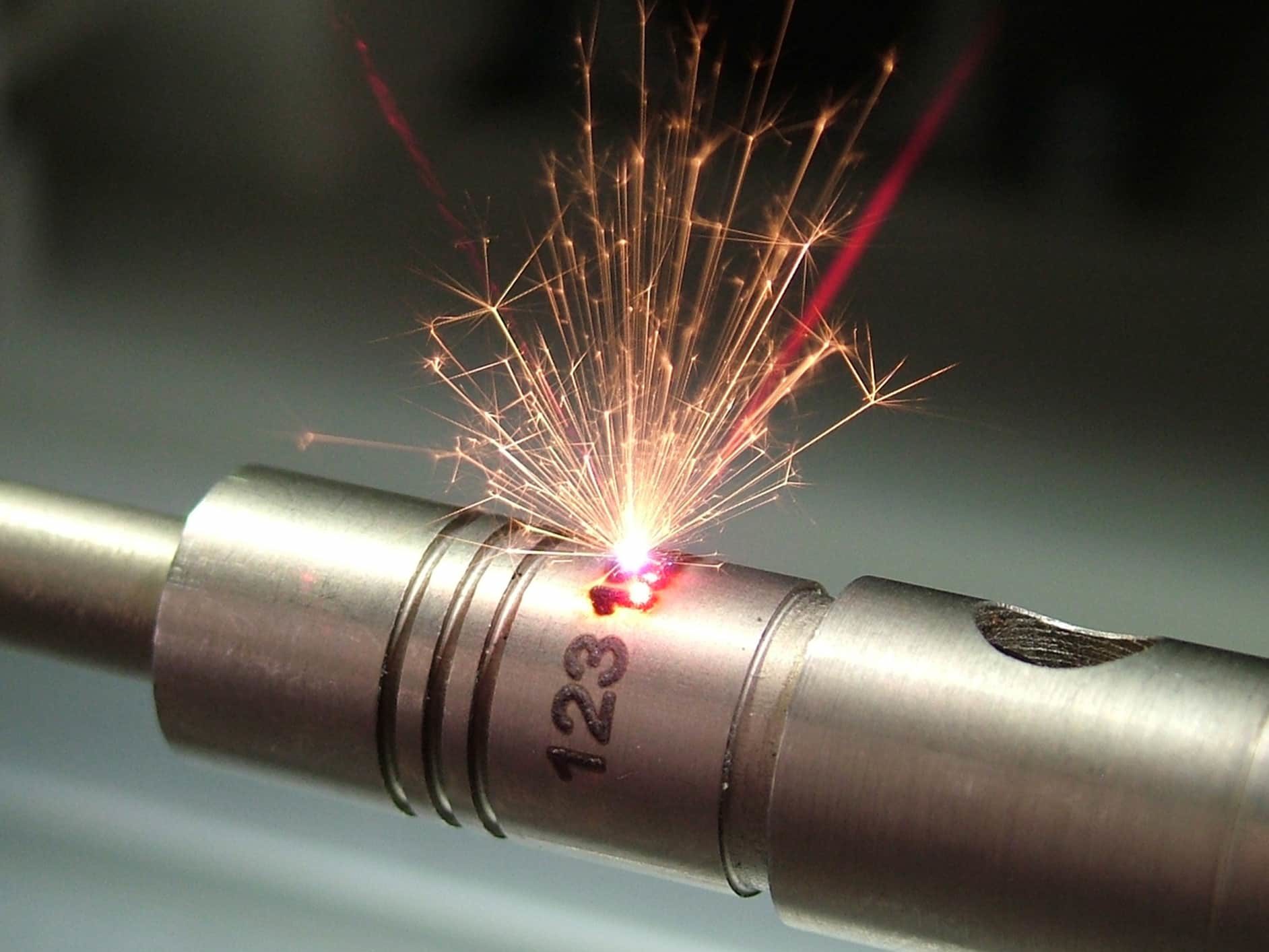
- English
- Español
- Português
- русский
- Français
- 日本語
- Deutsch
- tiếng Việt
- Italiano
- Nederlands
- ภาษาไทย
- Polski
- 한국어
- Svenska
- magyar
- Malay
- বাংলা ভাষার
- Dansk
- Suomi
- हिन्दी
- Pilipino
- Türkçe
- Gaeilge
- العربية
- Indonesia
- Norsk
- تمل
- český
- ελληνικά
- український
- Javanese
- فارسی
- தமிழ்
- తెలుగు
- नेपाली
- Burmese
- български
- ລາວ
- Latine
- Қазақша
- Euskal
- Azərbaycan
- Slovenský jazyk
- Македонски
- Lietuvos
- Eesti Keel
- Română
- Slovenski
- मराठी
- Srpski језик
Effect Of Laser Power On Marking Ability
2024-04-08
The effect of laser power on marking ability is a crucial factor in the laser marking process. The following will explain the impact of laser power on marking ability from three aspects: marking speed, marking quality, and material processing effect.

Marking speed
- The relationship between energy density and heating speed: Laser power directly determines the energy density of the laser beam, that is, the energy per unit area. The higher the power, the greater the energy density of the laser beam, so more of the material surface can be heated at the same time, resulting in faster marking.
- Advantages of high power: For applications that require high-volume production or are time-critical, high-power laser marking systems can complete the same marking task faster, thereby increasing production efficiency and throughput.
- Moderate selection: However, too high power may cause excessive ablation or melting of the material, affect the marking quality, and even damage the material surface. Therefore, power selection requires due consideration of material characteristics and required marking quality to balance speed and quality.
Marking quality
- Clarity and Depth: Proper laser power ensures consistent mark quality. Within a certain range, increasing the power can improve the marking depth and clarity, making the marking pattern clearer and more precise.
- Risks of too high power: However, too high power may cause excessive ablation or melting of the material surface, causing unnecessary damage or affecting the accuracy and clarity of marking. This is especially important in applications where details matter.
- Good control: Therefore, during the laser marking process, the laser power needs to be accurately controlled to ensure that the marking quality meets the requirements and to avoid quality problems caused by excessive power.
Material processing effect
- Material properties: Different materials respond differently to laser power, so appropriate power selection will also affect the processing effect of the material. For example, in metal marking, appropriate power can achieve clear marks without damaging the surface.
- Marking suitability: High-power lasers are generally more suitable for etching and cutting materials such as metal, while low-power lasers are better for marking materials such as plastics and rubber.
- Comprehensive consideration: Therefore, when selecting laser power, it is necessary to comprehensively consider factors such as material characteristics, marking requirements, equipment performance, etc., to achieve the best processing effect.
To sum up, the impact of laser power on marking ability is a complex process that requires comprehensive consideration of multiple factors such as marking speed, marking quality, and material processing effects. Appropriate power selection can improve marking speed, quality and processing results, thereby achieving more efficient and precise laser marking processing.



